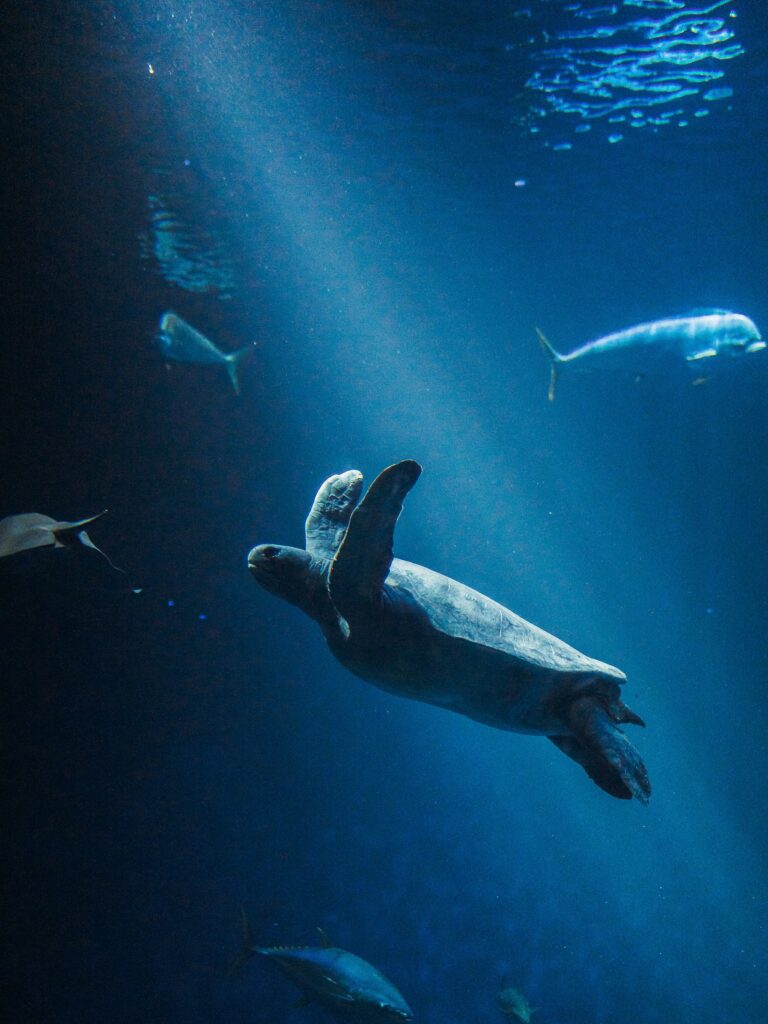Introduction
The world’s oceans, teeming with life and vital to the health of our planet, face an unprecedented threat — climate change. As temperatures rise and marine ecosystems encounter unprecedented challenges, a critical need arises for innovative conservation strategies. In this exploration, we delve into the urgent realm of ocean conservation, with a particular focus on the protection of Critical Marine Heat-Resilient Areas (CMHRAs). These areas are not just sanctuaries for marine life; they are essential for the resilience of our oceans in the face of a rapidly changing climate.
Understanding Critical Marine Heat-Resilient Areas (CMHRAs)
Critical Marine Heat-Resilient Areas (CMHRAs) refer to specific regions in the world’s oceans that exhibit a remarkable ability to withstand rising sea temperatures, making them crucial sanctuaries for marine life. As global temperatures continue to rise due to climate change, these areas play a pivotal role in sustaining biodiversity and preserving ecosystems.
Significance of CMHRAs as Refuges for Marine Life
CMHRAs act as vital refuges for marine life facing the threat of heat stress induced by elevated sea temperatures. These areas provide a haven where species can find relief from the adverse impacts of climate change, including coral bleaching, altered migration patterns, and disruptions in food chains. The resilience of these marine heat-resilient zones stems from a combination of factors, including unique oceanographic conditions, thermal gradients, and ecological characteristics that offer a buffer against the warming effects of climate change.
In CMHRAs, marine species exhibit a greater capacity to adapt and acclimate to temperature fluctuations, contributing to the overall health and sustainability of the surrounding ecosystems. These areas serve as hotspots of biological diversity, fostering resilience and resistance in marine populations that face the challenges posed by global warming.



